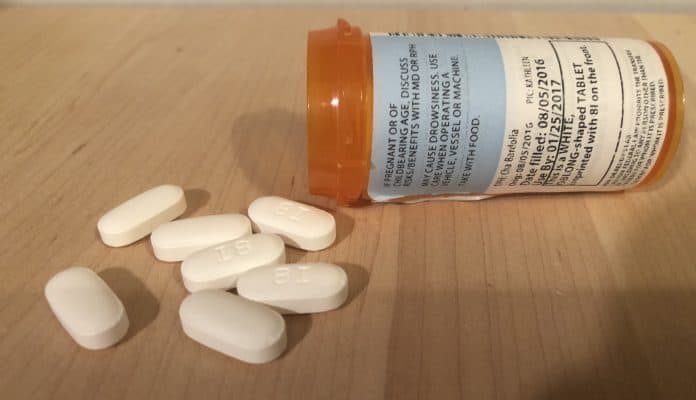
NEW BRUNSWICK – Overdose deaths across the state continue to rise, even as the number of opioid prescriptions continues to drop, officials said.
State Attorney General Gurbir S. Grewal presented findings from data collected by the Department of Law & Public Safety and its Office of the New Jersey Coordinator for Addiction Responses and Enforcement Strategies (NJ CARES). He delivered a keynote address at an opioid symposium at the George Street Playhouse.
“In the Murphy Administration, we are committed to being transparent and educating the public about the costs that the opioid epidemic has imposed on our state,” Grewal said. “We still lose too many of our residents to drug overdoses, and the death toll continues to rise. But, if we look at the numbers, there are reasons for hope.”
So far this year, Ocean County has lost 136 residents to suspected overdoses. In Monmouth County, it’s 151 deaths.
New Jersey loses an average of eight residents per day to drug overdoses, based on 2017 figures. According to the Office of the Chief State Medical Examiner, there were 2,750 overdose deaths in the state, up from 2,221 in 2016.
Naloxone has been administered 543 times in Monmouth, 461 times in Ocean, just this year. It was administered 621 times in Ocean County in 2016, and 671 times in Monmouth.
“Unfortunately in 2016, Ocean County was second only to Essex County in its overdose death rate,” Ocean County Prosecutor Joseph Coronato told Jersey Shore Online. “Now you take a look at 2017, and you see that it really escalated in every county in the state except Ocean. Ocean went down about 20 percent, and the rest of the state went up. …I think that speaks of programs we initiated in Ocean County. Not only the death rate went down, my sprays [Narcan administration] went down. My larcenies went down. My shopliftings went down.”
Although heroin deaths continue to drop, fentanyl deaths are on in the increase, and accounted for almost 50 percent of overdose deaths in 2017, with 1,379 that year.
Coronato calls that drug a “synthetic storm.” In 2014, 10 percent of drug overdoses involved fentanyl. By the end of 2018, he estimated that number will reach 85 percent.
New Jersey mandated a five-day rule for initial opioid prescriptions, starting in March 2017. Opioid prescriptions have fallen. In Monmouth County in 2018, there have been 234,862 opioid prescriptions dispensed thus far, with a total of 371,731 dispensed in 2017. In Ocean County, there have been 261,399 such prescriptions dispensed in 2018, 417,019 in 2017 total.
“A lot of problems start with pills, when can’t get access to pills, turn to heroin. The groundwork has been laid, by not fueling epidemic through pill process,” Coronato said, adding that he supports those efforts. Its fruits may take years to see, but it’s a good start.
NJ CARES Director Sharon Joyce added: “The decreasing rate of prescription opioids dispensed in New Jersey shows that a smart approach to the opioid epidemic can help turn the tide. If we persist in our efforts to prevent addiction and overdoses, we can save lives.”
More detailed data on the opioid crisis and its impact in New Jersey is available at njcares.gov.






